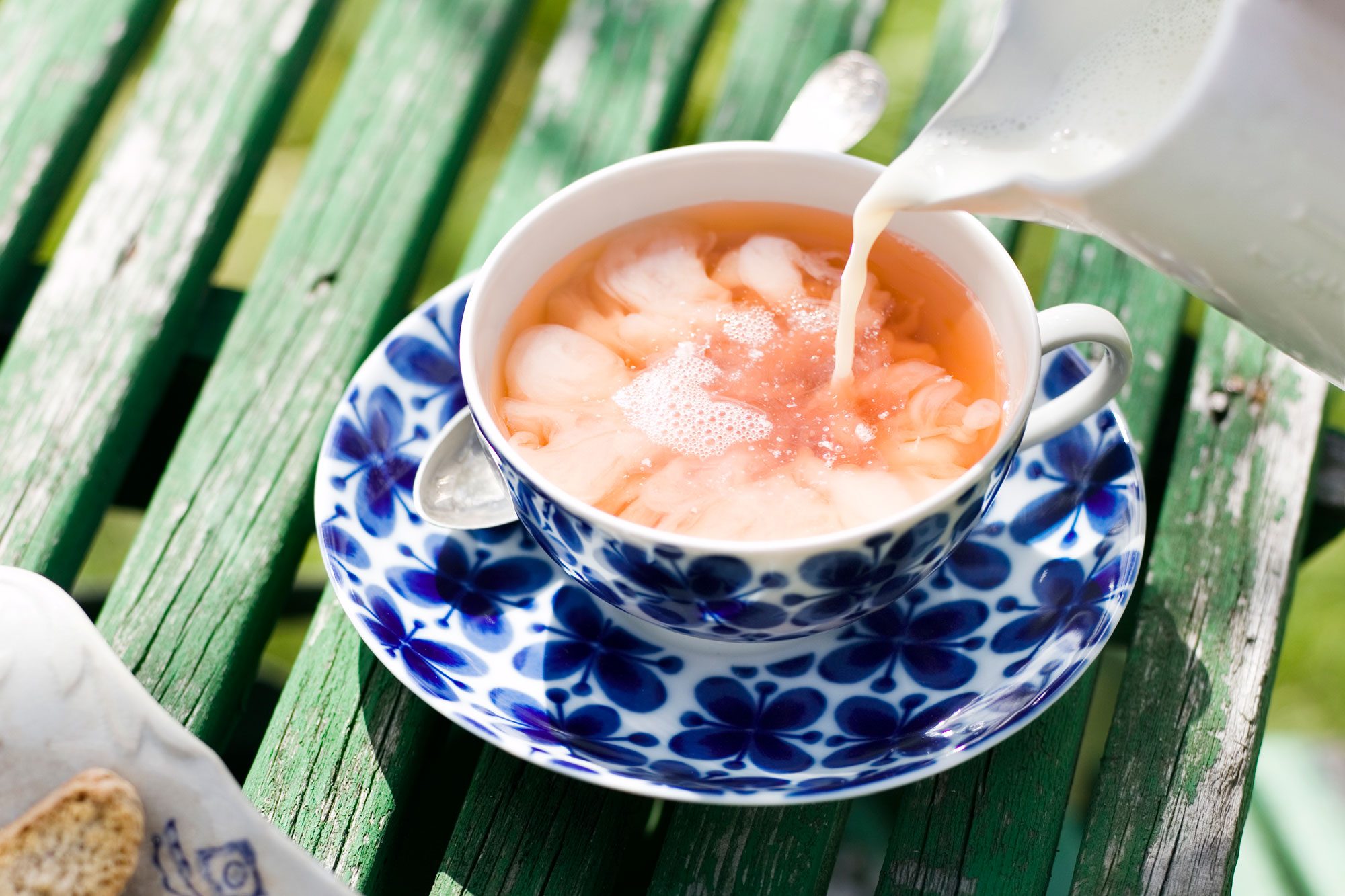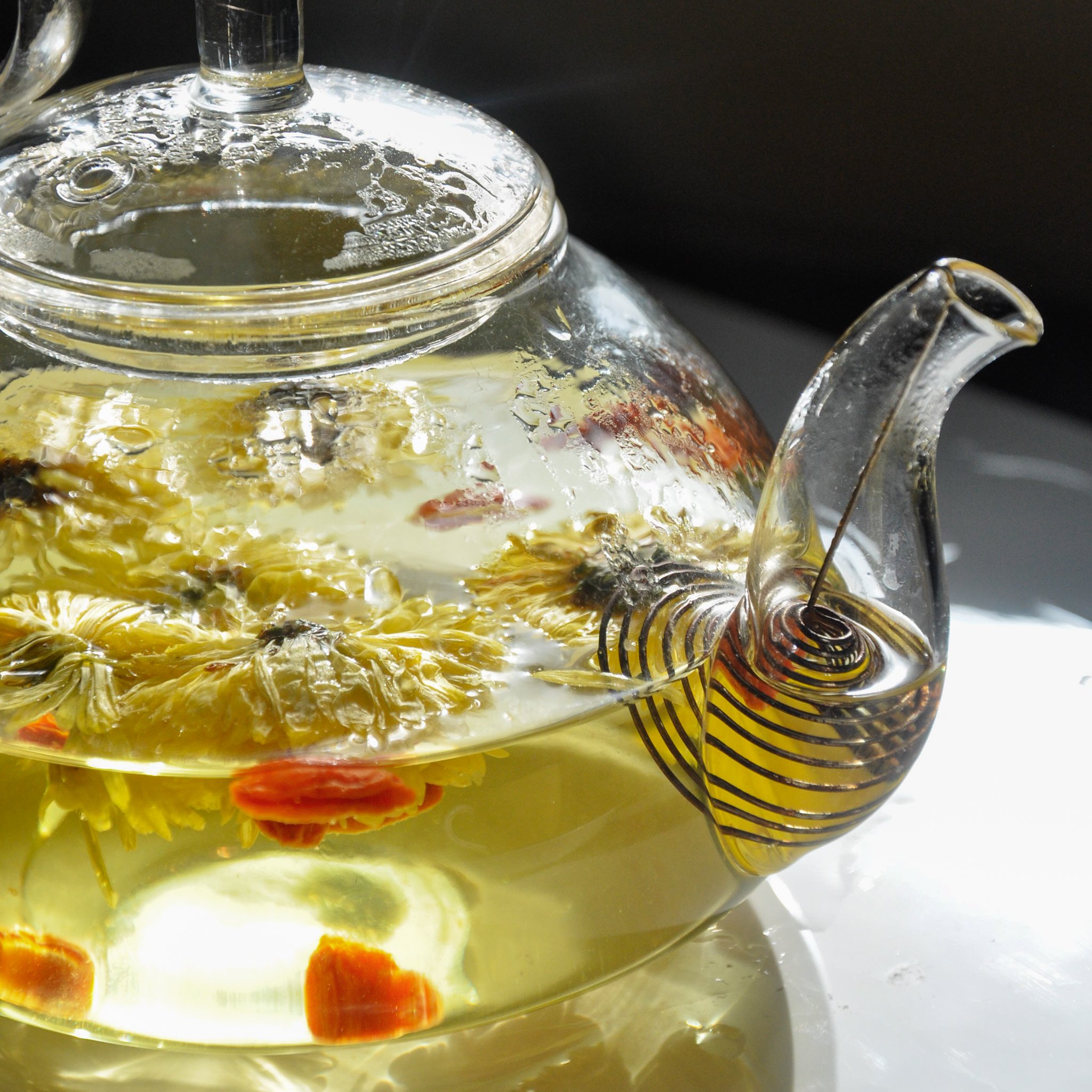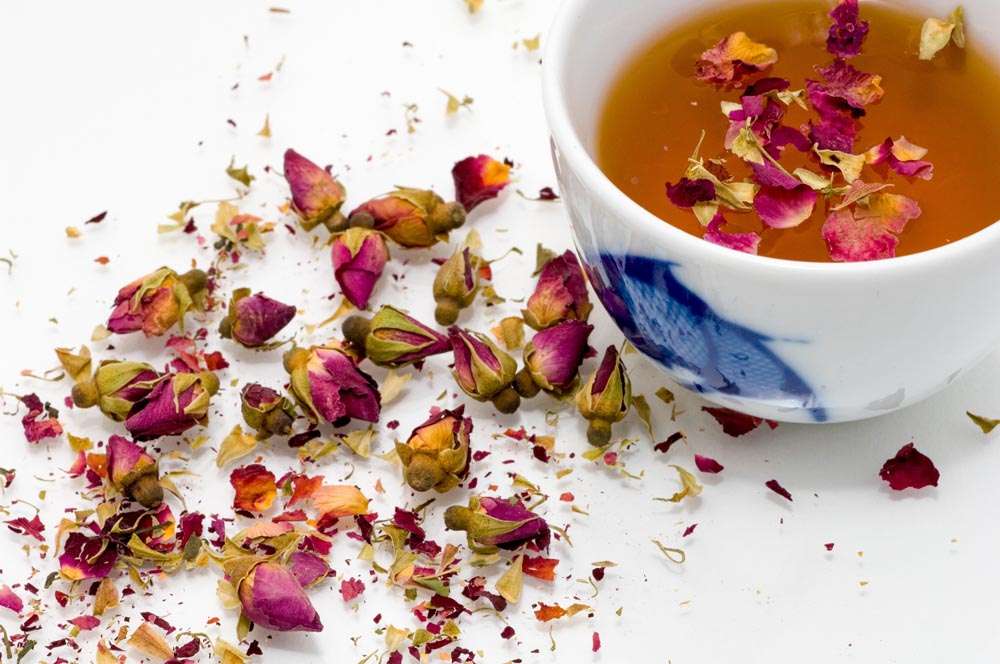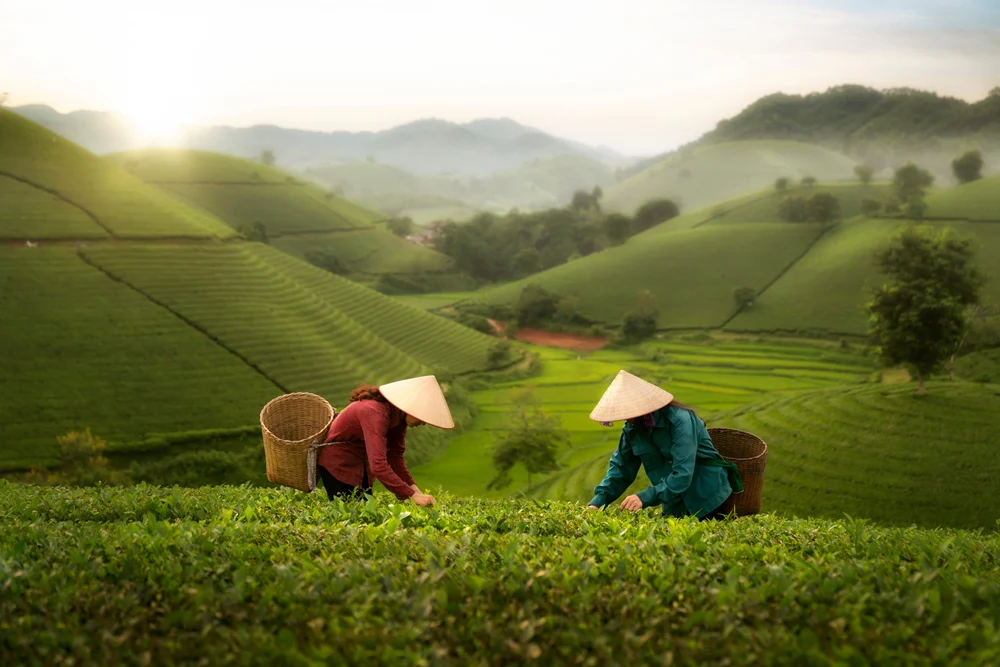Milk and tea have been a beloved pairing across cultures for centuries, offering a comforting, indulgent, and versatile way to enjoy tea. By adding richness and creaminess, milk enhances the flavor of tea, creating a smoother, more balanced cup. While purists might prefer tea on its own to appreciate its intricate nuances, many find the addition of milk to be a transformative experience. In this guide, we explore the history, science, types, techniques, and global traditions surrounding tea and milk, offering a comprehensive look at this iconic duo.
1. A Brief History of Milk in Tea
Origins of Milk Tea
The tradition of adding milk to tea originated in 17th-century Britain, when fine porcelain cups were at risk of cracking under the heat of boiling water. Milk was added first to cool the tea, eventually becoming a hallmark of refined tea drinking. Over time, milk tea became entrenched in British culture, evolving into a symbol of hospitality, comfort, and daily ritual.
Milk Tea Around the World
Milk tea isn’t limited to British tradition—it has taken on diverse forms globally:
- China: Early Chinese tea-drinking customs included adding yak milk in high-altitude regions like Tibet.
- India: Masala chai, a spiced tea made with milk, sugar, and black tea, became a staple in Indian households.
- Hong Kong: “Silk-stocking” tea, brewed strong and mixed with condensed milk, reflects the colonial British influence on local tea culture.
- Taiwan: Bubble tea, combining milk, tea, and chewy tapioca pearls, has become an international phenomenon.
Milk tea is more than a drink; it’s a cultural expression, enjoyed in countless variations across the globe.
2. How Milk Enhances Tea
Milk affects tea both scientifically and sensorially, transforming its flavor and texture in fascinating ways.
The Science Behind Tea and Milk
- Softening Astringency: The proteins in milk bind to tannins in tea, reducing its bitterness and astringency. This creates a smoother, less drying sensation in the mouth.
- Balancing Flavors: Milk adds a creamy sweetness that complements the natural flavors of tea, enhancing its depth and complexity.
- Creamy Texture: Milk’s fat content creates a luxurious mouthfeel, making each sip more indulgent.
Flavor Transformations
- Milk emphasizes the malty, earthy, or spiced notes in tea.
- It tempers robust teas like Assam or Keemun, making them more approachable.
- With green teas, milk can add richness without overpowering their grassy or vegetal profiles.
3. The Best Teas to Pair with Milk
Not all teas work well with milk, but certain varieties shine when complemented by its creaminess. Here are the best types to pair with milk:
a. Black Tea
The bold flavors and robust tannins of black tea make it the classic companion to milk. Popular black teas for milk include:
- Assam: Full-bodied and malty, perfect for traditional British milk tea.
- Darjeeling: Though lighter than Assam, it can pair beautifully with milk for a delicate, floral cup.
- English Breakfast: A blend designed for milk, offering a strong, balanced flavor.
- Earl Grey: Its bergamot notes contrast wonderfully with the creaminess of milk.
b. Green Tea
While less common, milk works well with certain green teas:
- Matcha: A creamy matcha latte combines the earthy flavor of matcha with the rich texture of milk.
- Sencha: Its grassy notes pair subtly with milk for a softer, less intense green tea experience.
c. Oolong Tea
Partially oxidized oolong teas with nutty or caramelized notes benefit from milk’s smooth texture, particularly:
- Milk Oolong: Known for its natural creaminess, it becomes even more indulgent with added milk.
- Dark Oolongs: Teas with high oxidation, like Wuyi rock teas, pair well with milk.
d. Pu-erh Tea
The earthy, fermented flavor of pu-erh is softened and enriched by milk. This pairing is less traditional but increasingly appreciated for its depth.
e. Spiced and Flavored Teas
- Masala Chai: A spiced blend that shines with the addition of milk and sugar.
- Vanilla or Caramel Teas: Milk enhances the sweetness and indulgence of dessert-flavored teas.
4. Choosing the Right Milk
The choice of milk can significantly affect the flavor and texture of your tea. Here are some popular options:
Dairy Milk
- Whole Milk: Adds richness and creaminess, ideal for strong black teas.
- Skim Milk: A lighter alternative for those seeking reduced fat.
- Condensed Milk: Sweet and thick, often used in Hong Kong-style or Thai milk tea.
Plant-Based Milk
- Almond Milk: Nutty and rich, complements spiced teas and chai.
- Oat Milk: Creamy and slightly sweet, pairs well with black teas like Assam.
- Soy Milk: Smooth and neutral, balances well with bold teas.
- Coconut Milk: Adds a tropical flair, especially to chai or dessert teas.
5. Techniques for the Perfect Cup
Tea-to-Milk Ratio
A common starting point is a 4:1 ratio (four parts tea to one part milk). Adjust according to your preferences for a richer or lighter drink.
Steeping Time
- Allow black teas to steep fully (3–5 minutes) before adding milk to ensure the flavor is robust enough to shine through.
When to Add Milk
- Adding milk after steeping is generally preferred, as it allows for better flavor control and a stronger infusion.
6. Popular Milk Tea Variations Around the World
British Milk Tea
A classic cup of black tea with a splash of milk, served alongside scones and biscuits.
Masala Chai (India)
A spiced tea made with black tea, milk, sugar, and a blend of spices like cardamom, cinnamon, and ginger.
Hong Kong Milk Tea
Strongly brewed black tea combined with sweetened condensed milk for a rich, silky beverage.
Thai Milk Tea
A vibrant orange tea brewed with spices and condensed milk, often served iced.
Bubble Tea (Taiwan)
A modern favorite, combining tea, milk, and tapioca pearls for a chewy, fun twist.
7. Tips for Experimenting with Milk Tea
- Infused Milk: Heat milk with spices like cinnamon or vanilla for an extra layer of flavor.
- Frothing Milk: For a latte-style experience, froth the milk before adding it to tea.
- Sweeteners: Try honey, brown sugar, or syrups to complement milk tea’s flavors.
Conclusion
Tea and milk form a timeless partnership, offering a comforting, creamy, and indulgent way to enjoy tea. Whether it’s a robust English Breakfast, a spiced chai, or a modern matcha latte, the combination of milk and tea creates endless opportunities for exploration and enjoyment. With the right techniques and pairings, you can craft the perfect cup to suit your taste and discover why this tradition has endured across centuries and cultures.






